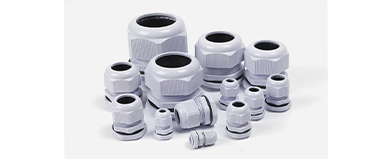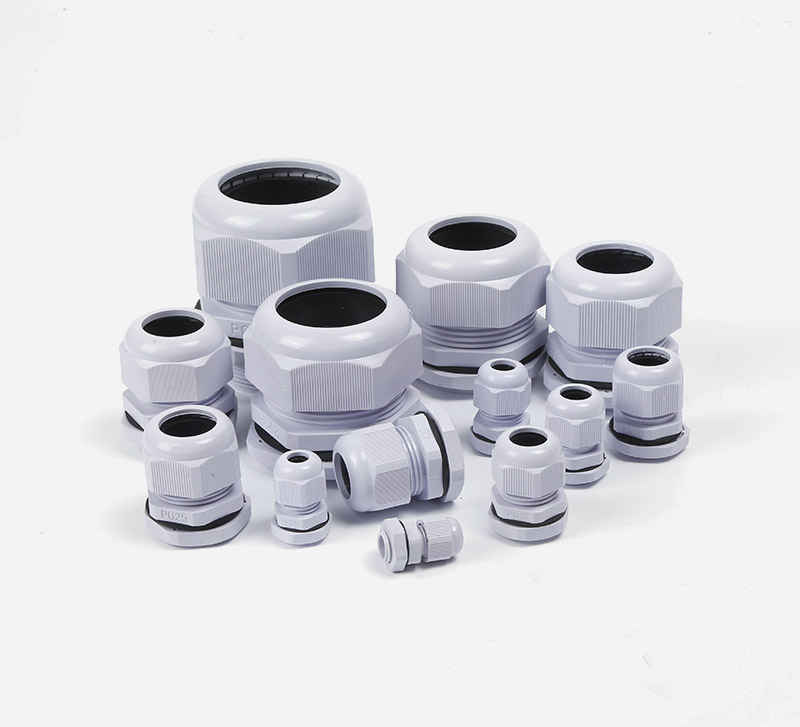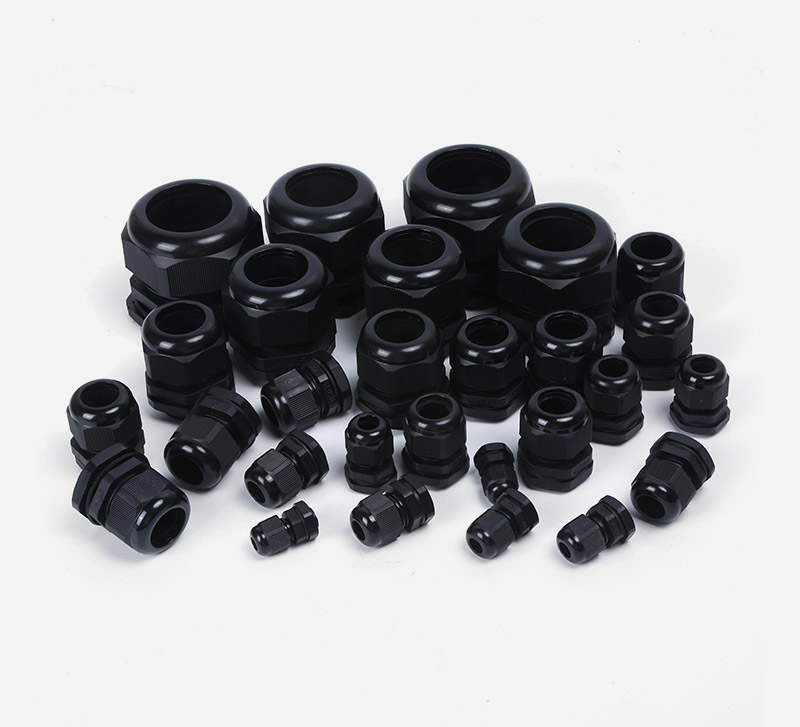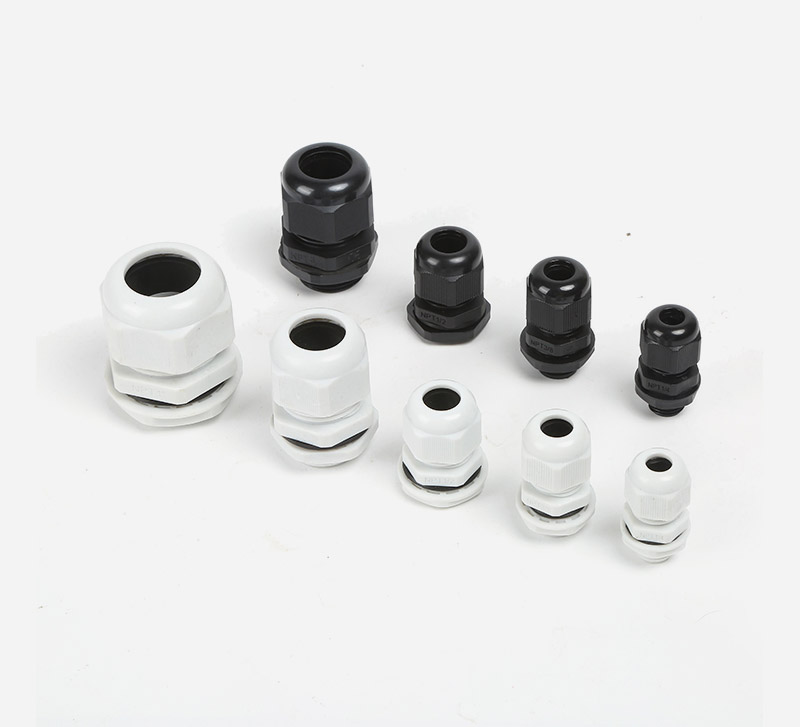Double Compression Brass Cable Gland: A Comprehensive Guide to Electrical Conduit Protection
A double compression brass cable gland is a mechanical device designed to secure and protect electrical cables where they enter enclosures, machinery, or equipment. Engineered with two concentric sealing rings (the "double compression" mechanism), it ensures watertight, dustproof, and vibration-resistant connections, making it a critical component in industrial, marine, and hazardous environment applications. This article outlines its structure, functionality, material properties, and real-world uses, aligned with international standards and engineering best practices.
1. Structure and Core Components
A typical double compression brass cable gland consists of:
● Brass Body: The main housing, usually made of lead-free brass (e.g., EN 12164 CW617N or ASTM B16 C36000), providing high tensile strength and corrosion resistance.
● Inner Seal Ring: A rubber or elastomer ring that compresses against the cable sheath to prevent moisture and dust ingress.
● Outer Seal Ring: A second elastomer ring that creates a tight seal between the gland and the enclosure’s entry point.
● Locknut: Secures the gland to the panel or housing, often with a hexagonal shape for easy installation.
● Gland Nut: Tightens the inner and outer seals by compressing them as it rotates, creating the dual-layer barrier.
The "double compression" design differentiates it from single-seal glands, offering superior protection against harsh environmental factors like water jets, extreme temperatures, and mechanical stress.
2. Material Properties of Brass
Brass is the preferred material for cable glands due to:
● Corrosion Resistance: Brass alloys (typically 60–70% copper, 30–40% zinc) resist oxidation and chemical exposure, making them suitable for coastal, marine, or industrial settings with high humidity.
● Mechanical Strength: Capable of withstanding high torque during installation without cracking, ensuring a secure fit over time.
● Thermal and Electrical Conductivity: Useful in applications requiring heat dissipation or grounding compatibility.
● Machinability: Easily formed into precise threads and shapes for standardized fittings (e.g., metric M20, M25 or NPT 3/4", 1").
3. Functional Advantages
● IP Ratings: Double compression glands often achieve IP68 (complete dust tightness, immersion up to 1 meter deep) or IP66 (protection against high-pressure water jets), meeting EN 60529 standards.
● Vibration Resistance: The dual seals absorb mechanical shocks, preventing cable movement that could cause insulation damage or loose connections.
● Cable Retention: High pull-out resistance (tested to IEC 62444) ensures cables remain securely fastened under tension.
● Hazardous Environment Compliance: Suitable for Zone 1/21 or Zone 2/22 explosive atmospheres when certified to ATEX (EU) or IECEx (international) standards, preventing sparks from escaping the enclosure.
4. Applications Across Industries
Double compression brass cable glands are widely used in:
● Industrial Automation: Securing cables in PLC cabinets, motor drives, and robotics exposed to oil, grease, or coolant.
● Marine and Offshore: Protecting wiring in shipboard control rooms, offshore platforms, and submersible equipment (resistant to saltwater corrosion).
● Renewable Energy: Wind turbines (resistant to vibration), solar inverters (weatherproof), and hydroelectric systems.
● Hazardous Areas: Chemical plants, refineries, and mines where explosive gases or dust require flameproof enclosures (e.g., NEMA 7/9 ratings).
Construction and Infrastructure: Elevators, tunnel lighting, and outdoor signage exposed to rain, snow, or temperature fluctuations.
5. Installation and Best Practices
1. Cable Preparation: Strip the outer sheath to expose the required conductor length, ensuring no fraying.
2. Gland Assembly: Insert the cable through the gland nut, outer seal, body, and inner seal in sequence.
3. Sealing Adjustment: Tighten the gland nut until both seals compress evenly (follow manufacturer torque specs, e.g., 50–80 Nm for M25 glands).
4. Grounding: For metal-enclosed systems, ensure the brass body is electrically bonded to the enclosure for static discharge or fault current protection.
5. Testing: Verify IP rating with a water spray test (IP66) or submersion (IP68) after installation.
6. Standards and Certifications
Key international standards for double compression brass cable glands include:
● EN 60529 (IP Ratings): Defines ingress protection levels for dust and water.
● ATEX Directive 2014/34/EU: Certifies suitability for explosive atmospheres (e.g., II 2G Ex e IIC T6).
● IEC 62444: Specifies cable retention and pull-out force requirements.
● NEMA 250: US standard for enclosure types (e.g., NEMA 4X for waterproof, corrosion-resistant glands).
7. Maintenance and Longevity
● Regular Inspection: Check for signs of wear (e.g., cracked seals, loose locknuts) during routine maintenance.
● Seal Replacement: Replace elastomer rings every 5–10 years or after exposure to aggressive chemicals.
● Lubrication: Apply anti-seize compound to threads in high-temperature or salt-laden environments to prevent galling.
8. Choosing the Right Gland
Key selection criteria include:
● Cable Diameter: Match the gland’s nominal size to the cable outer diameter (e.g., M20 for 8–14mm cables).
● Environment: Prioritize IP68 for submersion, ATEX for hazardous zones, or UV-resistant seals for outdoor use.
● Mounting Thread: Ensure compatibility with the enclosure (metric M, PG, or NPT threads).
● Conductor Type: Some glands accommodate armored cables (with an additional armor clamp) or multi-core cables.
Conclusion
Double compression brass cable glands are essential for ensuring reliable, safe electrical connections in demanding environments. Their dual-seal design, combined with brass’s robust material properties, makes them a trusted choice for industries where failure is not an option. By adhering to international standards and best practices, engineers and installers can leverage these components to enhance system durability and compliance.
tag: #Brass Cable Gland







